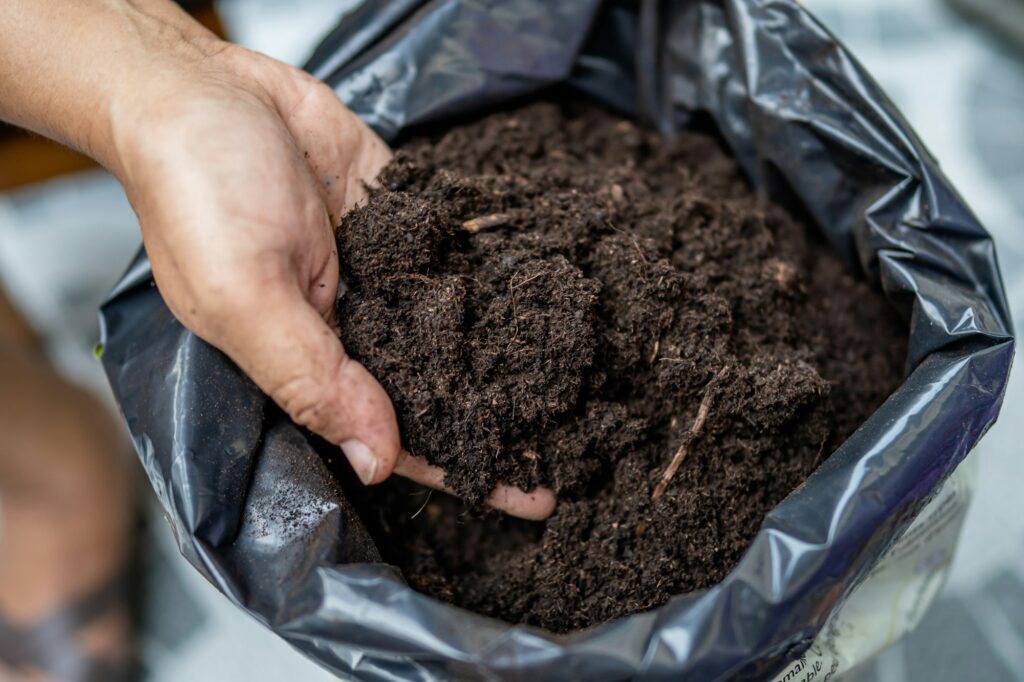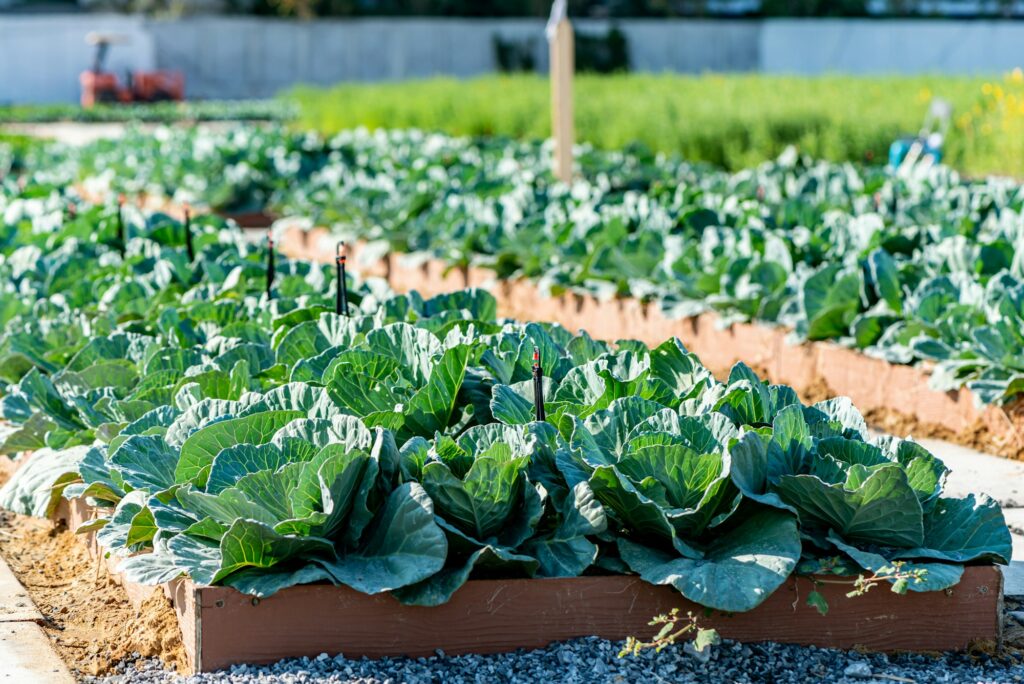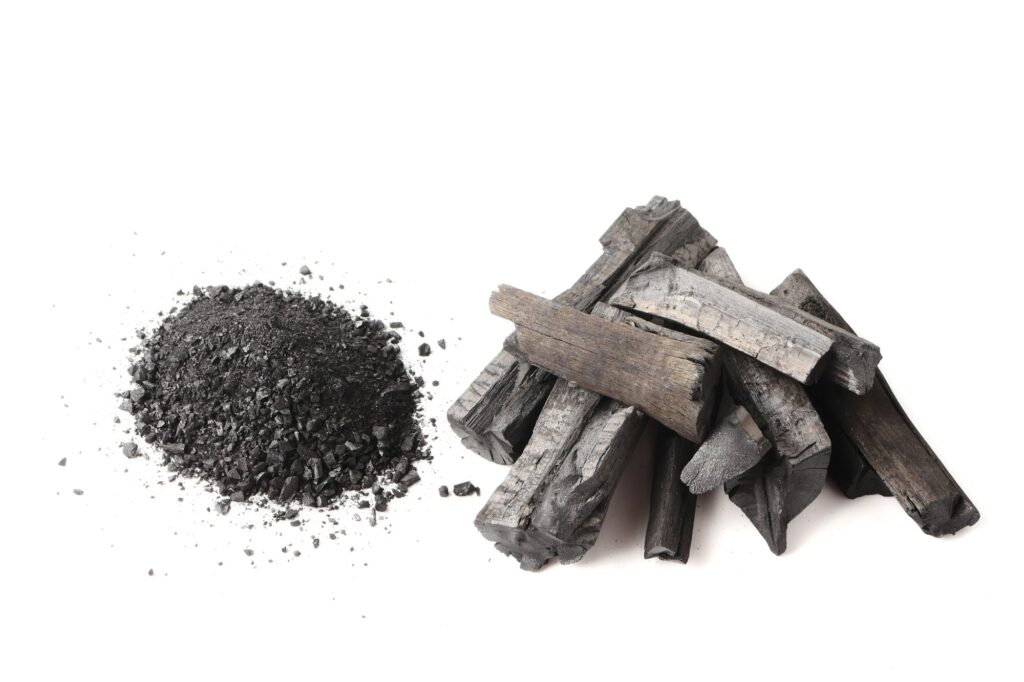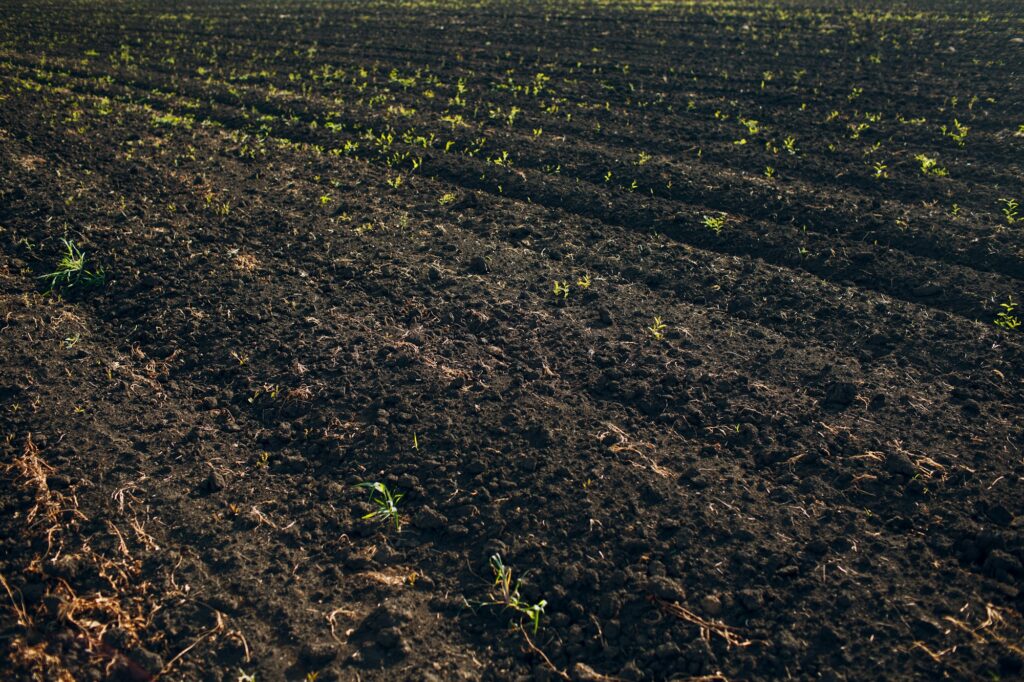Where agriculture comes together...

Humates and human health
Here’s a closer look at how the use of humates in agriculture can benefit human health.

Organic Matter: The Fabric of Life
A cornerstone of our ecosystems, playing a crucial role in maintaining soil health, supporting plant growth, and sustaining diverse life forms.

What is the difference between humic acid and fulvic acid?
While they share similarities and both contribute to soil health and fertility, there are distinct differences between them in terms of their chemical composition, properties, and functions.

Are there benefits to Carbon Coated Urea?
Carbon-coated urea offers numerous benefits that enhance the effectiveness of nitrogen fertilization while promoting sustainable agricultural practices.

Urea coating – what exactly does it mean?
Urea is a widely used nitrogen fertilizer due to its high nitrogen content; however, it has a tendency to be rapidly converted into ammonia and then lost to the atmosphere or leach into the groundwater.

Features and Functions of Soil Organic Carbon (SOC)
Soil Organic Carbon (SOC) refers specifically to the carbon component of soil organic matter (SOM).

Everything you need to know about Soil Organic Matter (SOM)
It plays a vital role in maintaining soil health and fertility, influencing various physical, chemical, and biological properties of the soil. But what is Soil Organic Matter?

When to choose soil application for humic and fulvic acid application in agriculture
Here are the key considerations for determining when to apply these substances to your soil.

When to choose foliar application for humic and fulvic acid in agriculture
Foliar application of humic and fulvic acids can be a highly effective method to enhance plant growth and health, as it allows for quick absorption and immediate benefits.

Nitrogen fertilizer for carbon sequestration – the benefits, pitfalls, and best practice in agriculture
Nitrogen fertilizer plays a significant role in modern agriculture, enhancing crop yields and supporting food security.

How is carbon sequestered in soil?
This process is vital for mitigating climate change, as it helps remove carbon from the atmosphere and securely stores it in a stable form.

What is carbon sequestration?
Carbon sequestration is a vital strategy in global efforts to reduce the impact of climate change and maintain the health of ecosystems.

How can you combine humic and fulvic acid for optimal results?
Both substances, while related, have distinct properties that complement each other. Here’s how you can combine them for optimal results.

What is fulvic acid?
It is a type of humic substance, similar to humic acid, but it has smaller molecular weight and unique properties.

What is humic acid?
Humic acid is found naturally in soil, peat, and bodies of water, humic acid is a key component of humus, the dark organic matter that contributes to soil fertility.

The power of Humic Acid in Agriculture
Humic acid, a key component of soil organic matter, plays a transformative role in modern agriculture.

